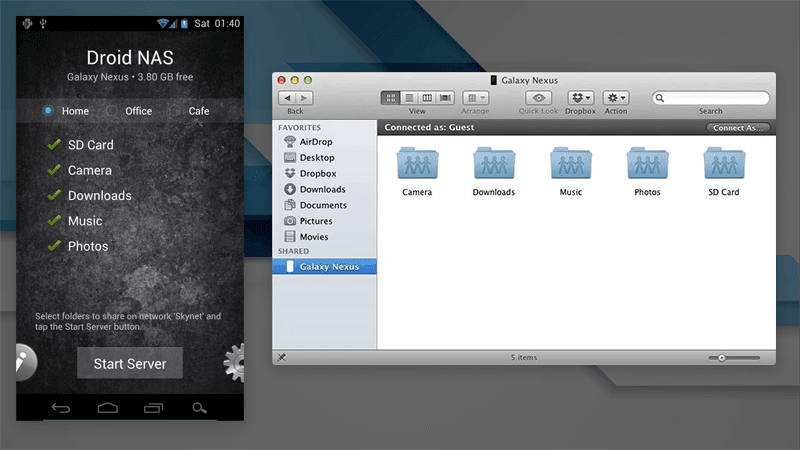This Mac download was checked by our built-in antivirus and was rated as clean. The most popular versions of the software are 2.0 and 1.28. The default filenames for the program's installer are copy-1.37.0546.dmg or Copy.dmg etc. Disk Copy requires System Software 7.0.1 or later and is a 'fat binary' for both PowerPC and 68K-based Mac OS compatible computers. Macintosh Application Environment 3.0 Update 4 or later is also.
Disk Utility User Guide
Iso File Mac Os

Disk Utility on Mac supports several file system formats:
Apple File System (APFS): The file system used by macOS 10.13 or later.
Mac OS Extended: The file system used by macOS 10.12 or earlier.
MS-DOS (FAT) and ExFAT: File systems that are compatible with Windows.
Apple File System (APFS)
Apple File System (APFS), the default file system for Mac computers using macOS 10.13 or later, features strong encryption, space sharing, snapshots, fast directory sizing, and improved file system fundamentals. While APFS is optimized for the Flash/SSD storage used in recent Mac computers, it can also be used with older systems with traditional hard disk drives (HDD) and external, direct-attached storage. macOS 10.13 or later supports APFS for both bootable and data volumes.
APFS allocates disk space within a container on demand. The disk’s free space is shared and can be allocated to any of the individual volumes in the container as needed. If desired, you can specify reserve and quota sizes for each volume. Each volume uses only part of the overall container, so the available space is the total size of the container, minus the size of all the volumes in the container.
Choose one of the following APFS formats for Mac computers using macOS 10.13 or later.
APFS: Uses the APFS format.
APFS (Encrypted): Uses the APFS format and encrypts the volume.
APFS (Case-sensitive): Uses the APFS format and is case-sensitive to file and folder names. For example, folders named “Homework” and “HOMEWORK” are two different folders.
APFS (Case-sensitive, Encrypted): Uses the APFS format, is case-sensitive to file and folder names, and encrypts the volume. For example, folders named “Homework” and “HOMEWORK” are two different folders.
You can easily add or delete volumes in APFS containers. Each volume within an APFS container can have its own APFS format—APFS, APFS (Encrypted), APFS (Case-sensitive), or APFS (Case-sensitive, Encrypted).
Mac OS Extended
Choose one of the following Mac OS Extended file system formats for compatibility with Mac computers using macOS 10.12 or earlier.
Mac OS Extended (Journaled): Uses the Mac format (Journaled HFS Plus) to protect the integrity of the hierarchical file system.
Mac OS Extended (Journaled, Encrypted): Uses the Mac format, requires a password, and encrypts the partition.
Mac OS Extended (Case-sensitive, Journaled): Uses the Mac format and is case-sensitive to folder names. For example, folders named “Homework” and “HOMEWORK” are two different folders.
Mac OS Extended (Case-sensitive, Journaled, Encrypted): Uses the Mac format, is case-sensitive to folder names, requires a password, and encrypts the partition.
Windows-compatible formats
Choose one of the following Windows-compatible file system formats if you are formatting a disk to use with Windows.
MS-DOS (FAT): Use for Windows volumes that are 32 GB or less.
ExFAT: Use for Windows volumes that are over 32 GB.
Mac Os File Size
There are a couple of good ways to print or save a list of a folder’s contents, depending on what result you’re looking for. We’re going to be using the TextEdit program for this, which is a nifty little word processor that comes by default on your Mac. It’s in your Applications folder.

So open that and get a new document started. You’ll want to make sure that you’re using a plain-text document and not a rich-text one, which you can toggle under the Format menu or by hitting Shift-Command-T.
The first way to start your list is to select the files you want in it and drag them into that TextEdit document.

If you’ve ignored my rich-text/plain-text advice above, you may get a bunch of pasted graphics (or what have you). Never ignore my advice, you silly thing.
If you see the formatting toolbar pointed out above, your TextEdit document is set to rich text.
Mac Os X Download
If, however, you’ve done as I suggested, you’ll get a neatly formatted list of files, complete with the folder path that contains each of them.
Dmg File Mac Os
What if you don’t like the paths, though? What if a file path traumatized you when you were a child? It’s lucky that there’s an easy way around that, then. Select the files again, and instead of dragging them, hit Command-C (or choose Edit > Copy), then go back to your TextEdit document and hit Command-V (or choose Edit > Paste). Holy crap, it’s a list of just the file names without the paths.
Best Mac Copy Utility
Easy, huh? Now you can print a list of your files without having to resort to third-party programs, screenshots, Terminal, or Automator. Or banging your head against a wall, either. That rarely does anyone any good.